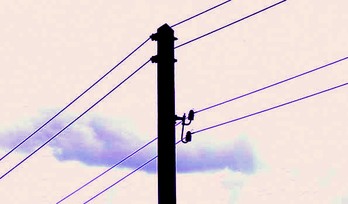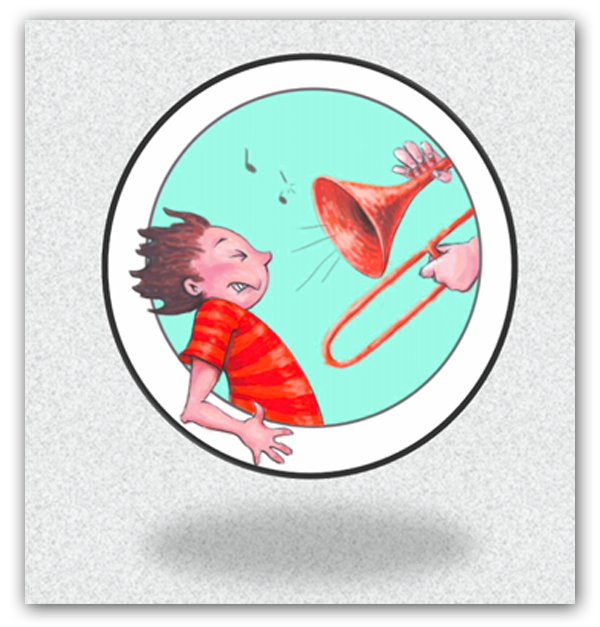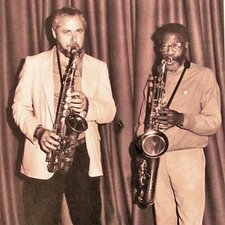A Line in Fourths ii-V7 - 027 Trichords

As a technique for melodic and harmonic improvisation, 027s began to show up regularly in the early to mid 1960's in solos and compositions of such pioneers as McCoy Tyner, John Coltrane, Joe Henderson; Woody, Wayne, Herbie .....y'know; them guys.
The use of the 027 trichord, as a basic melodic unit, was and is a practical way to break free of the standard bebop scalar motif approach. It not only opens the door to a more intervallic melodic line (perfect 4ths, pentatonics), but can easily lead to the creation of an inside-outside (and vice versa) tension and release approach to building improvised and composed melodic lines; not to mention the potential for piquing ones interest in other types of trichord units (013, 025, etc).
Ex: C=0, D=2 (half steps), G=7 (half steps).
In 12 tone parlance, a trichord's inversion is known as a a rotation. Root position (C-D-G) is prime form. First inversion (D-G-C) is called first rotation. Second inversion (G-C-D) is second rotation.
Fair enough?
In this eight bar line, different inversions of 027s are employed over a 4 bar ii-V7-i; with a slight harmonic detour. The time signature is 12/8, which should feel like 4/4 being played in triplets. Tempo: dotted quarter = 120 bpm.
The chord symbols refer to the left hand voicings only and don't take into account the extensions created by the melodic line.
In the second four measures, various eighth notes are replaced with rests. This method of tonal subtraction is an example of how one might break up the potential monotony of a constant stream of eighth notes, and inject the line with a rhythmic life of its own.
Here's a breakdown of the trichords in Measure #1. Remember, "root position" of an 027 is the same as Major Scale steps 1-2-5, with the bottom note determining its so called "key":
A-7 D-A-E desc. first inversion (rotation) prime form: D-E-A
F7b5 F#-B-C# second inversion prime form: B-C#-F#
Bb9 - This trichord (Ab-Eb-F) is not an 027 (it's an 025). However, if we include the final note of the previous trichord (C#) with the first two of this one, we get C#-Ab-Eb (first inversion of Db-Eb-Ab prime form) trichord. The C# overlaps and is an extension (b13 and #9) to both F7 and Bb7, respectively. This type of anticipation works moving into the next chord, as well: Eb-F-Bb prime form.
Eb7b5 - Trichord F-Bb-C (second inversion, Bb-C-F) again starts from the final note of the previous group. The trichord under the Eb7 (Bb-C-G) is an 029, but from its second note, it overlaps 027-wise into the next chord D13 (C-G-D descending; prime form C-D-G).
See if you can label the trichords in the next measure? It's as easy as 125 (or 027)!


 RSS Feed
RSS Feed








